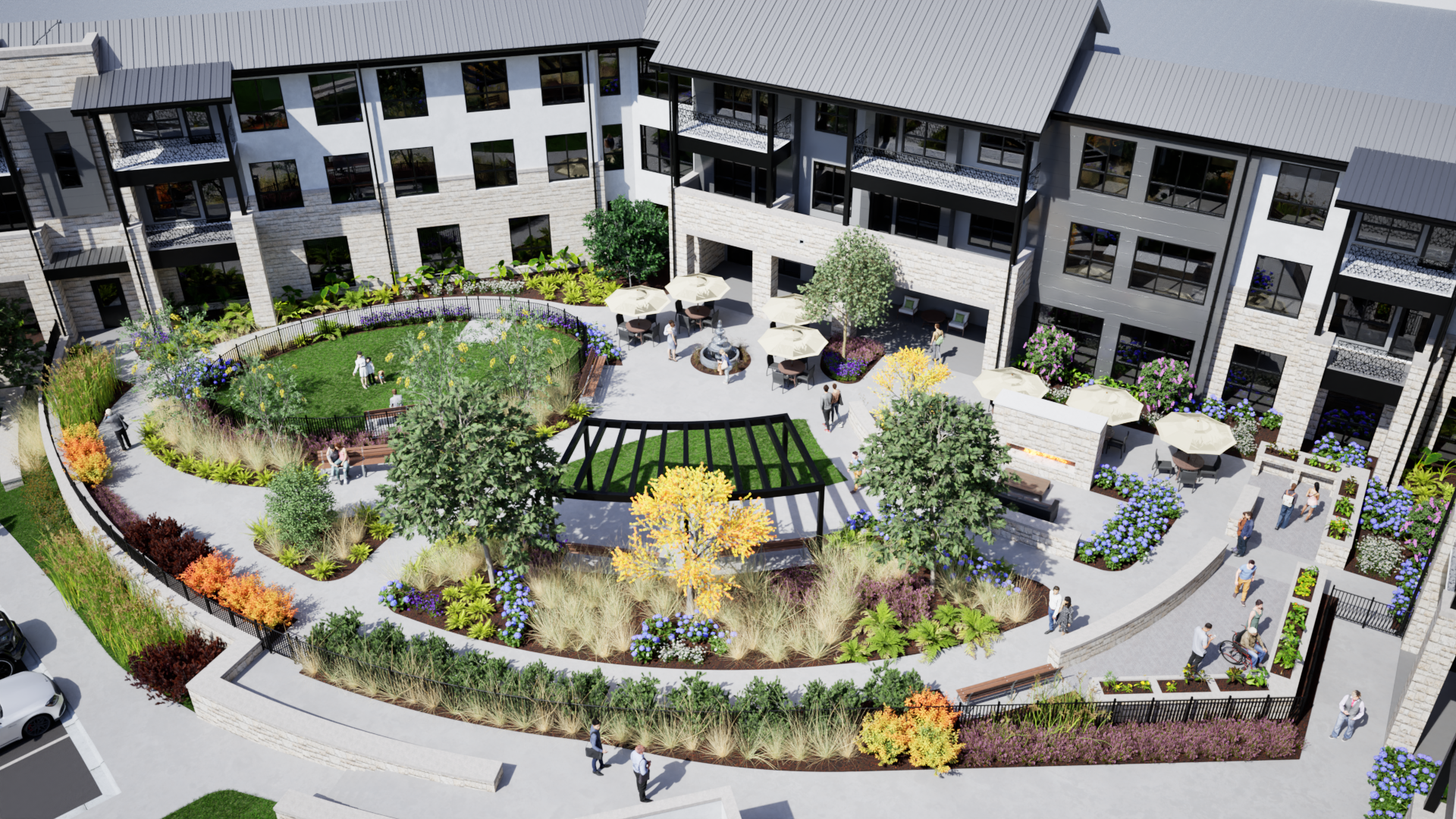Late Summer Trends 2023
Current Trend - TRADITIONAL MODERNISM
In today’s fast-moving world of trends, it can be difficult and overwhelming to understand, much less implement, the latest style into one’s life. The world of interior design is no different in that trends move fast and can be somewhat hard to identify. Individuals who want to update can be left feeling lost on what to do unless they want to adopt a very particular style where the rules are clear. Design styles such as French County, English Cottage, Southwestern, etc. can look great when well executed, but can also make designers and decorators feel like they need to choose pieces that fit neatly within boundaries, therefore hindering creativity or personalizing a space. Fortunately, a new trend that is not so set in a particular style/era/region allows users more freedom to blend pieces, colors, and patterns to create a unique and personal design that is also on trend. A style that offsets the coldness and impersonal feeling of modern design, Traditional Modernism offers a look that feels fresh and clean, but full of character. The aesthetic gives the opportunity for a more personalized approach and creates space for detailed touches that speak to the user. Today, people often want to infuse personality into their spaces and move away from the absoluteness of minimalist modernism, or the strict rules of a particular design style. Within Traditional Modernism, heirloom pieces passed down for generations can find a home next to trendy, sleek new pieces. Decorative molding can act as a detailed frame for clean-line furniture or accessories. An ornate, antique mirror or rug can sit in perfect harmony with a contemporary console. The strength of the look is in the blending of these opposites.
This style is a good fit for today’s world. Most people want to feel they are up-to-date but also want to have a sense of being connected and grounded to something that came before. People want fun and trendy, but they also want items that show depth of soul which often comes from an heirloom, antique, ornate, or craftsman piece. Traditional Modernism harmoniously exists in the middle of this style dichotomy.
Traditional modernism may seem close to another familiar design style—Transitional Design. But there is a key difference between the two styles. Transitional Design tends to pull elements from both modern and traditional styles. Rather than pulling from the opposite ends of these style spectrums, it pulls just shy of the center and finds the balance between the two by softening the characteristics of each. Transitional spaces are commonly seen with a tonal, textural, and monochromatic aesthetic. Blending old with new in subtle ways creates a softened look that feels timeless and unoffensive. Traditional modernism instead reaches deep into each style to blend elements from opposite ends of this spectrum, finding harmony in their differences. This style feels comfortable showcasing the drama of both through the use of richly textured fabrics, saturated colors, and sporadic ornate detailing met with sleek lines, modern shapes, and intentional plainness. Rather than creating a pleasing palate by blending similar elements, this style finds harmony by blending opposites, allowing more fun and freedom for creators and users alike.
Traditional Modernism is likely here to stay for a good while. Formal and strict rules in design seem dated for the most part, and most users want spaces that feel comfortable and stylish, but not rigid and formal. Traditional Modernism can range from playful to quite sophisticated depending on the elements used, making it a design style accessible to all.
WAYS TO IMPLEMENT TRADITIONAL MODERNISM
Mix in turned-leg furniture with clean lines to give a touch of vintage elegance
Opt for paneling to add texture and depth to an otherwise plain monotonous wall
Enhance the look and feel by creating visual interest through layers of elements
Incorporate a more patinaed look with unlacquered or antique brass to add a layer of worn warmth
Use rich jewel tones
Bring in a timeless addition that can add a unique vintage statement to an otherwise modern space









